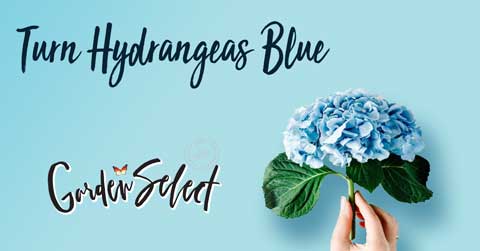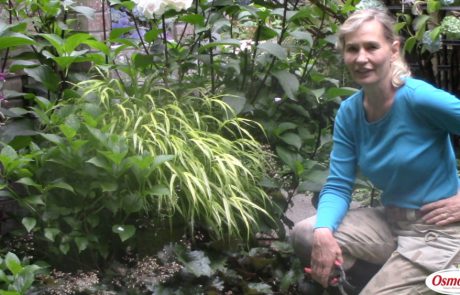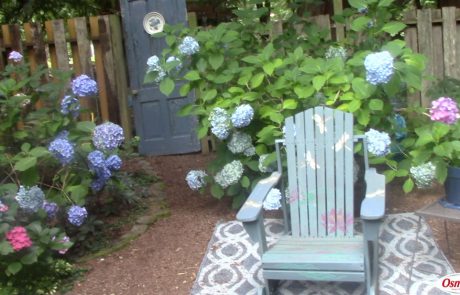Hydrangeas have come to be known as the unofficial ushers of summer. They begin to bloom in the early spring months and continue on throughout the summer, depending on type. They are a deciduous shrub that prefers to live in shade and requires a lot of water. Hydrangeas are a good indicator if your other garden plants are getting enough water as they begin to wilt when the soil starts to dry up. Most hydrangeas are native to Asian countries and have a long and symbolic history. In North America, there are five main types of hydrangeas that are grown.
Fast Facts
- Hydrangea Day is celebrated on January 5th, an interesting time of the year since the plant is not in bloom!
- The name Hydrangea comes from the greek words “hydor” meaning water and “angos” meaning vessel. Put together, the name loosely translates to water vessel, an accurate name for the water-loving plant!
- Hydrangea leaves can be toxic. They contain cyanogenic glycosides which release cyanide when ingested.
- You can change some hydrangea’s color by changing the acidity of the soil that it is growing in. A more acidic soil (pH zero to seven) will create a bluer bloom, while a more alkaline soil (pH seven to fourteen) will create pinker flowers. You can turn your hydrangea blue with Garden Select for Blue Hydrangeas!
- Hydrangeas represent and symbolize many – sometimes contradictory – things that stem from the various cultures who have encountered the plant. It is especially significant in Japan, where many believe the flower originated.
- The Hydrangea is the traditional flower gifted for a 4th wedding anniversary, which is also the year to gift Fruit or Flowers.
- The message of the Hydrangea is: Being a rare beauty can lead to frigidness unless you express your true emotions. Don’t inflate your ego with bragging, and stay humble to become prosperous.
- Boiling water is a secret for reviving cut hydrangeas.
- The National Garden Bureau named the Hydrangea a 2020 ‘Year of’ plant for the shrub category!
- There is an American Society for those who share a fascination with all forms of the Hydrangea plant.
Hydrangeas 101
Click Here to learn how to grow Hydrangeas yourself! Get informed on planting, feeding, pruning, and more!



